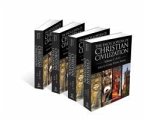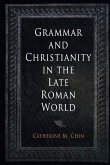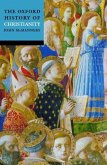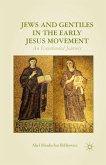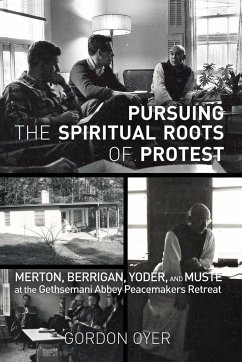This important and provocative book offers a fundamental challenge to much that has been written about the pre-Reformation church. Eamon Duffy recreates fifteenth-century English lay people's experience of religion, revealing the richness and complexity of the Catholicism by which men and women structured their experience of the world and their hopes within and beyond it. He then tells the powerful story of the destruction of that Church - the stripping of the altars - from Henry VIII's break with the papacy until the Elizabethan settlement. Bringing together theological, liturgical, literary, and iconographic analysis with historical narrative, Duffy argues that late medieval Catholicism was neither decadent nor decayed but was a strong and vigorous tradition, and that the Reformation represented the violent rupture of a popular and theologically respectable religious system. The first part of the book reviews the main features of religious belief and practice up to 1536. Duffy examines the factors that contributed to the close lay engagement with the structures of late medieval Catholicism: the liturgy that was widely understood even though it was in Latin; the impact of literacy and printing on lay religious knowledge; the conventions and contents of lay prayer; the relation of orthodox religious practice and magic; the Mass and the cult of the saints; and lay belief about death and the afterlife. In the second part of the book Duffy explores the impact of Protestant reforms on this traditional religion, providing new evidence of popular discontent from medieval wills and parish records. He documents the widespread opposition to Protestantism during the reigns of Henry and Edward, discusses Mary's success in reestablishing Catholicism, and describes the public resistance to Elizabeth's dismantling of parochial Catholicism that did not wane until the late 1570s. A major revision to accepted thinking about the spread of the Reformation, this book will be essential reading for students of British history and religion.
Bitte wählen Sie Ihr Anliegen aus.
Rechnungen
Retourenschein anfordern
Bestellstatus
Storno


